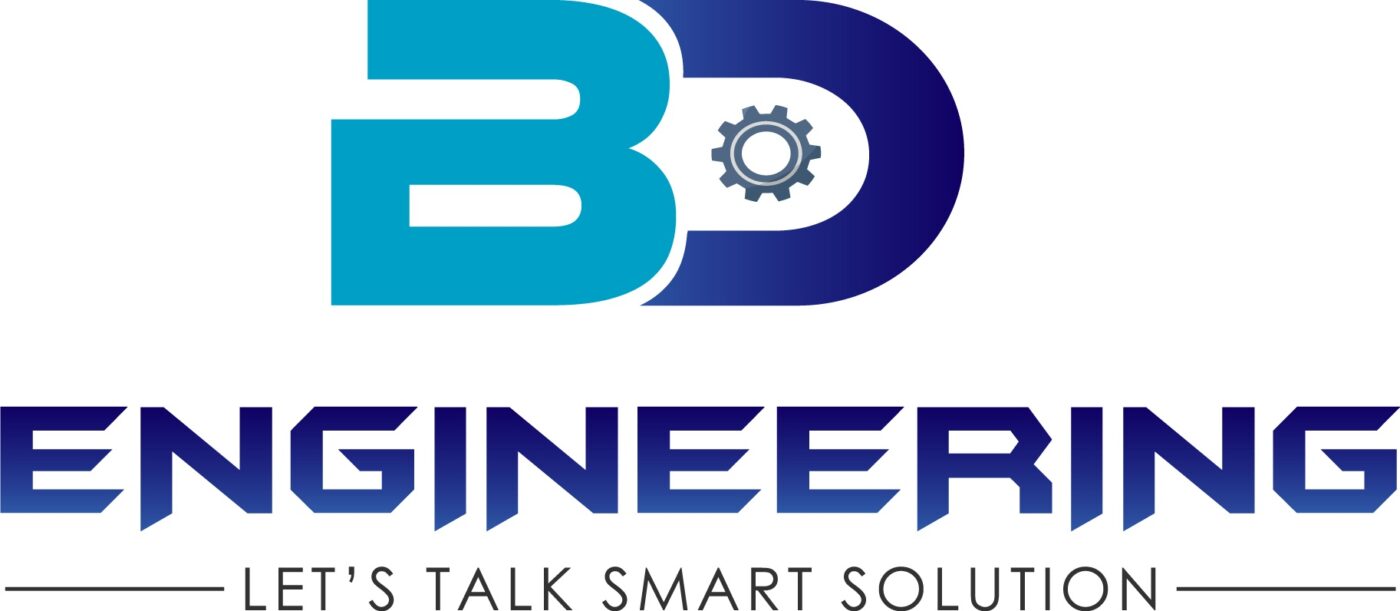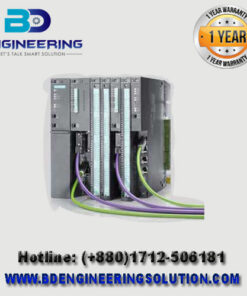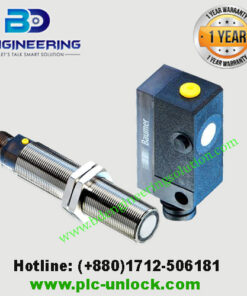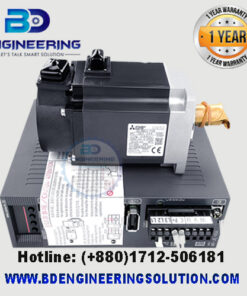Digital Pressure Transmitter Digital Pressure Transmitter Flow meter
To integrate a digital pressure transmitter with a flow meter typically follow specific steps to ensure compatibility and accurate measurement in your system. Here’s a general guide on how to connect and configure a digital pressure transmitter with a flow meter.
Select Compatible Devices:
- Check Specifications: Ensure that the digital pressure transmitter and flow meter you are using are compatible in terms of pressure range, signal output, and communication protocol (if applicable).
Installation and Connection:
- Mounting: Install the digital pressure transmitter and flow meter in suitable locations within your piping system, following manufacturer recommendations for orientation and placement.
- Connection: Connect the pressure transmitter’s pressure sensing port to a suitable tapping point in the flow line. Ensure that the connection is tight and leak-free.
- Electrical Connection: Wire the output signal (typically 4-20 mA or digital signal) of the pressure transmitter to the input of your control system or data acquisition device. Follow wiring diagrams provided by the transmitter manufacturer.
Calibration and Setup:
- Calibration: Calibrate both the pressure transmitter and flow meter according to their respective calibration procedures and standards. Use known pressure and flow conditions to verify accuracy.
- Zero Adjustment: Set the zero point of the pressure transmitter based on the ambient pressure conditions at the installation site.
- Configuration: Configure the flow meter to accept input from the pressure transmitter, if required. This may involve setting scaling factors or calibration coefficients in the flow meter’s configuration menu.
Testing and Verification:
- Test Run: Conduct a test run of your system to verify that the pressure transmitter and flow meter are functioning correctly.
- Check Readings: Monitor the output signals from the pressure transmitter and flow meter to ensure that they are within expected ranges under varying flow conditions.
- Adjustments: Make any necessary adjustments to calibration or configuration settings based on test results.
Integration with Control System (Optional):
- Data Integration: If you’re using a digital pressure transmitter with communication capabilities (e.g., HART, Modbus), integrate it with your control system or SCADA (Supervisory Control and Data Acquisition) software for remote monitoring and control.
- Alarm Setup: Configure alarm thresholds in the control system based on pressure and flow readings to alert operators of abnormal conditions.
Regular Maintenance:
- Scheduled Checks: Implement a maintenance schedule to inspect and recalibrate the pressure transmitter and flow meter periodically to maintain accuracy and reliability.
- Troubleshooting: Address any issues or discrepancies in readings promptly through troubleshooting and diagnostic procedures.
- Ensure that the pressure rating of the digital pressure transmitter exceeds the maximum operating pressure in your flow system to avoid damage or inaccurate readings.






